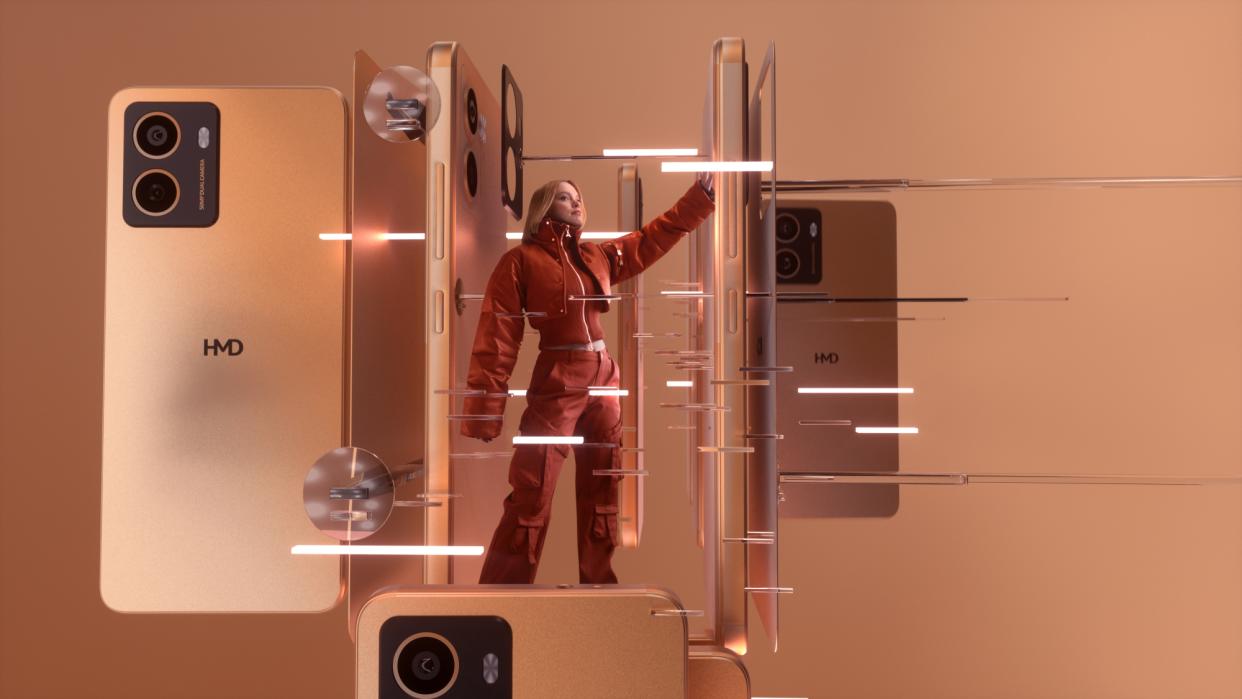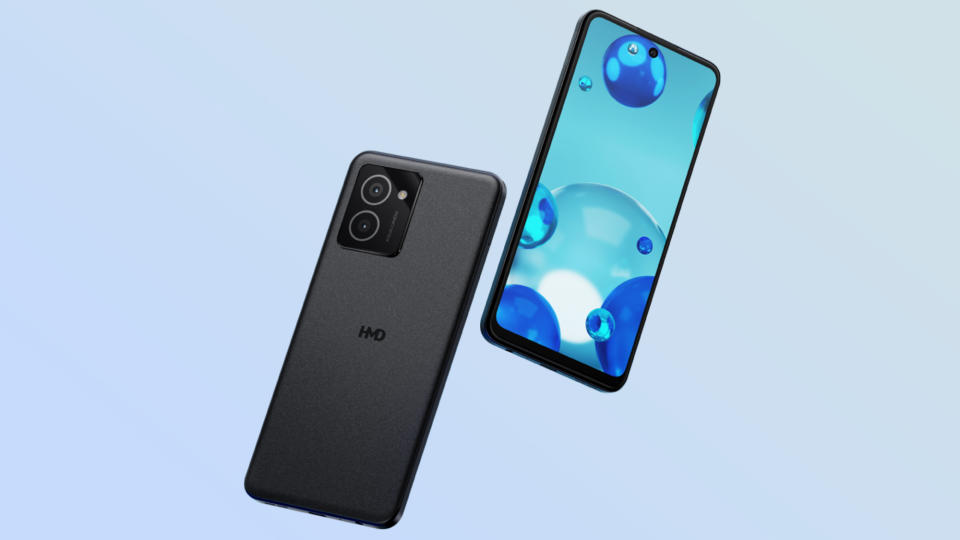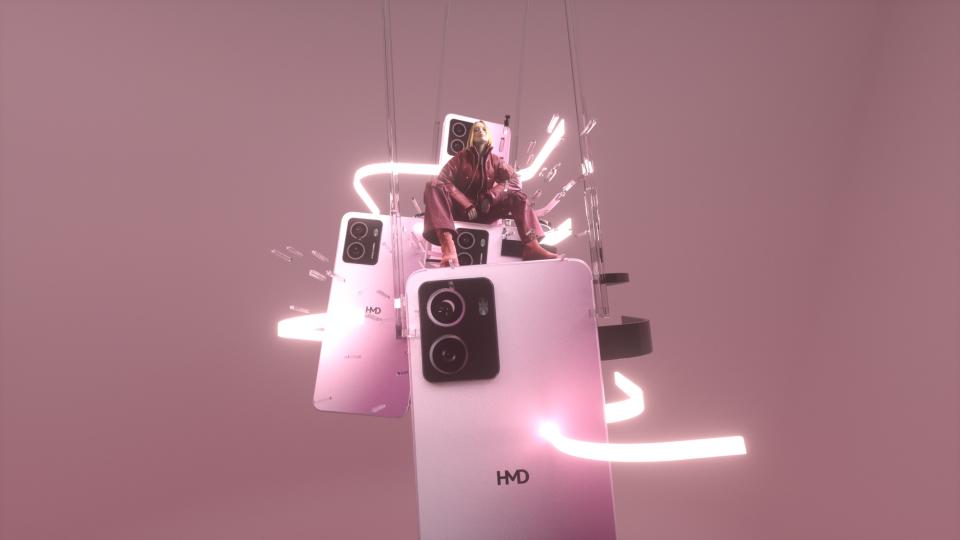After years of making Nokia phones, HMD releases its own Android phones — and one of them is under $150

Although HMD Global is largely known in oversea markets like Europe and Asia, most people actually recognize that company as the one behind today’s line of Nokia phones. After years of making phones that carry the Nokia name — including the modern versions of classics like the Nokia 8110 “banana phone” — HMD is finally releasing its own branded phones.
In fact, the HMD Vibe is coming to the U.S. very soon to compete in the budget space. Meanwhile, the HMD Pulse, Pulse Plus, and Pulse Pro round out the company’s new lineup, with that trio of devices aimed at overseas markets. Regardless, these first ever HMD-branded phones could help to elevate the company’s brand recognition.
HMD Vibe

The HMD Vibe officially arrives in May at the irresistible price of $149 through the HMD website as well as with major retailers like Best Buy and Amazon.While the Vibe doesn’t win any style points with its generic looking design, the handset does come with a few noteworthy specs that aren’t typical for a phone in its price range. Here’s a quick rundown of its specs:
Display: 6.56-inch HD+ with 90Hz refresh rate
CPU: Snapdragon 680
RAM: 6GB Storage: 128GB
Cameras: 13MP main, 2MP depth
Front Camera: 5MP
Battery: 4,000 mAh
Charging: 10W wired
Software: Android 14
Most notably, the 6.56-inch HD+ display offers a 90Hz refresh rate that should make animations and video look smoother. For the price, the HMD Vibe also features an IP52 rating for some protection against water splashes and dust resistance. Even better, it also fashions a standard 3.5mm headphone jack and microSD card slot for expanded storage.
This could be a contender for one of the best cheap phones around, but it's going to prove that it has what it takes to overtake top performers like the Google Pixel 7a, Samsung Galaxy A35, and OnePlus 12R.
HMD Pulse Pro

As you’d suspect based on the pro tagline, the HMD Pulse Pro is the highest-end Android smartphone in HMD’s lineup. No, it’s not in the same caliber as other pro phones like the iPhone 15 Pro or Google Pixel 8 Pro, but it still has a solid package that targets power users thanks to its dual cameras, larger battery, and some neat software features.
Display: 6.56-inch HD+ with 90Hz refresh rate
CPU: Unisoc T606
RAM: 4GB/6GB/8GB
Storage: 128GB/256GB
Cameras: 50MP main, depth
Front Camera: 50MP
Battery: 5,000 mAh
Charging: 20W wired
Software: Android 14
Content creators are treated to extra selfie gestures with the 50MP front-facing camera that performs actions based on hand gestures, while the Pulse Pro’s Super Portrait mode lets it capture selfies with sharp detail when it’s dark out.
If that’s not enough, the Pulse Pro also features an IP52 rating, side mounted fingerprint sensor, biometric face unlock, microSD card expandable storage, and a speedier 20W wired charging. In Europe, the HMD Pulse Pro will fetch €180 (~$192) when it’s released later.
HMD Pulse and Pulse Plus

Rounding out the lineup are the HMD Pulse and Pulse Plus. If these naming conventions sound familiar, you’re not wrong because they’re regarded as the little siblings to the Pulse Pro. However, HMD’s naming conventions don’t appear to be related to their display sizes because both the Pulse and Pulse Plus offer the same 6.56-inch HD+ display with 90Hz refresh rates. In fact, the rest of the specs of both phones are similar to the Pro, which includes a Unisoc T606 processor, 5,000 mAh battery, and similar RAM and storage options.
The only difference between them is that the HMD Pulse and Pulse Plus swap the 50MP selfie cam of the Pro for an 8MP front camera. Since it’s a pared down selfie camera, they also lack the selfie gestures and extra camera features that the Pulse Pro packages. Still, the nice thing about the three HMD Pulse phones is that they all qualify for HMD’s Repair It Yourself (RIY) service that makes it easy to replace damaged components that the average person could do on their own.
And finally, it’s worth mentioning that all three HMD Pulse phones have 2 years of OS upgrades and 3 years of security updates. This would suggest that they would probably get Android 16 at best. Both the Pulse and Pulse Plus are available for purchase starting for today through HMD’s website at €140/£100 for the Pulse and €160/£130 for the Pulse Plus.

